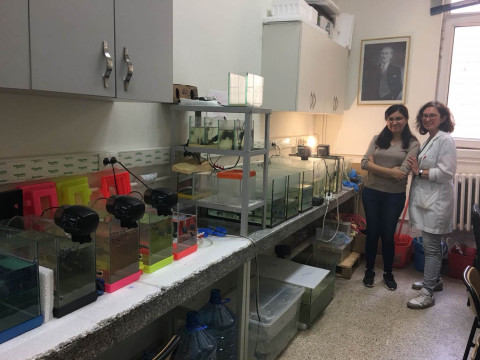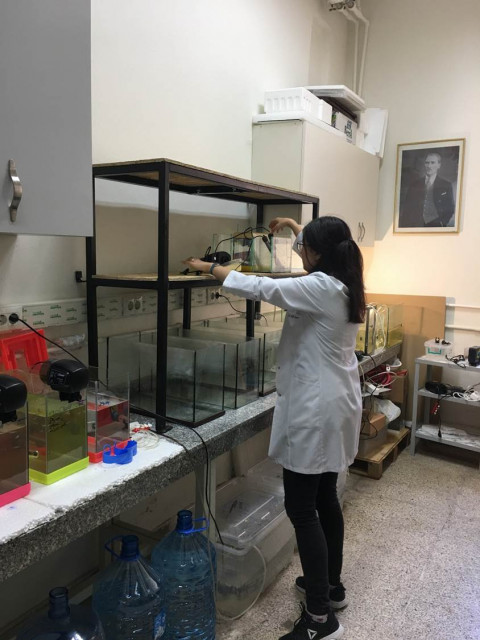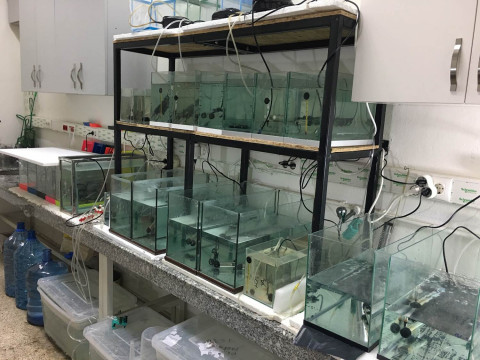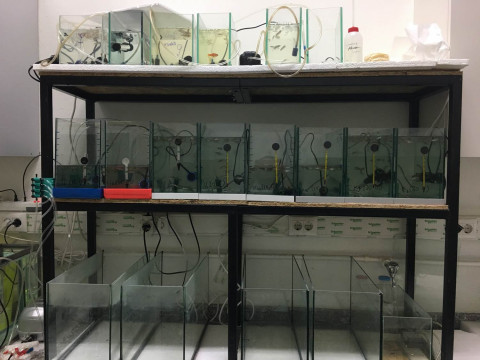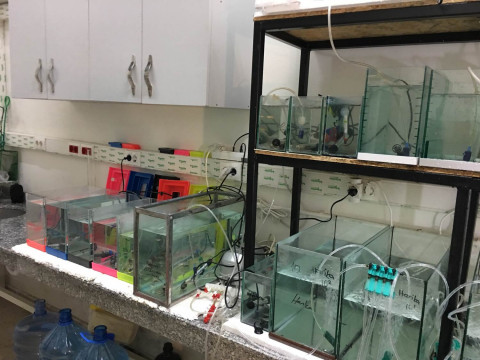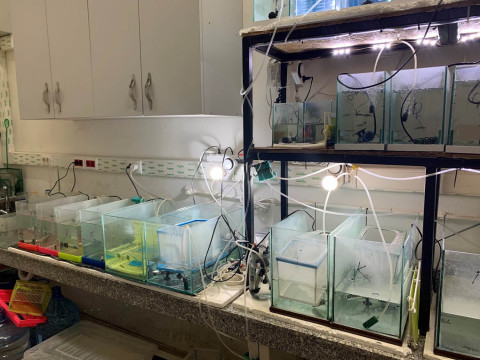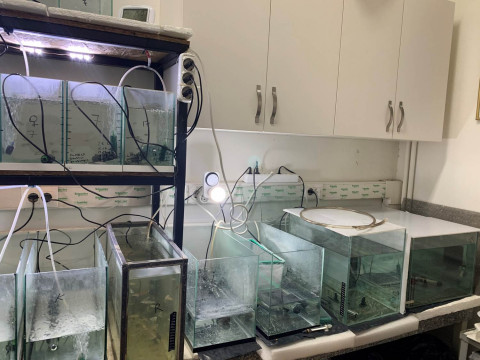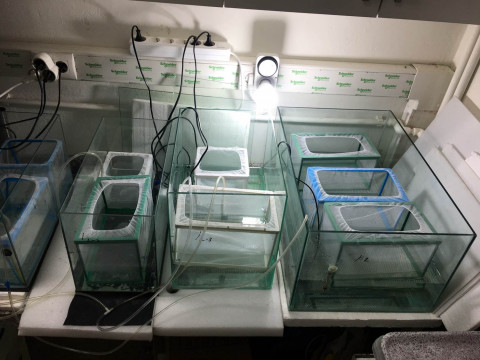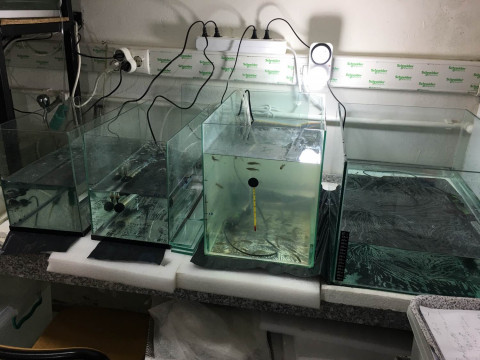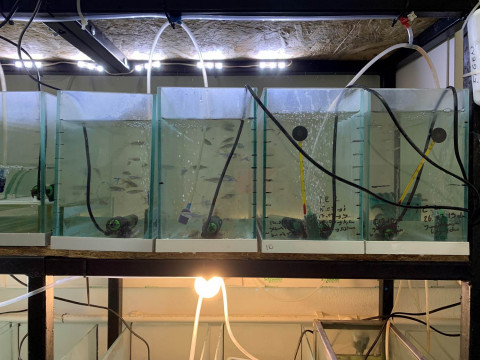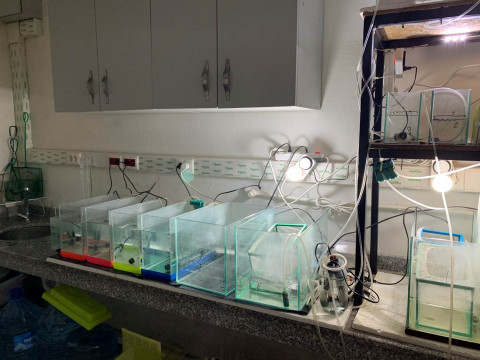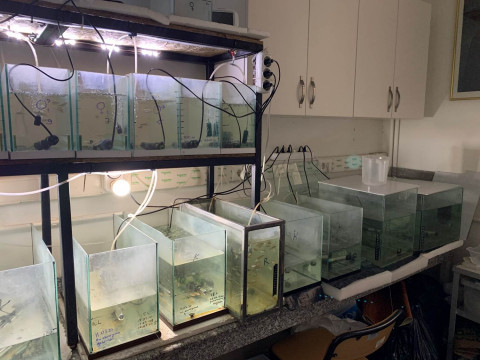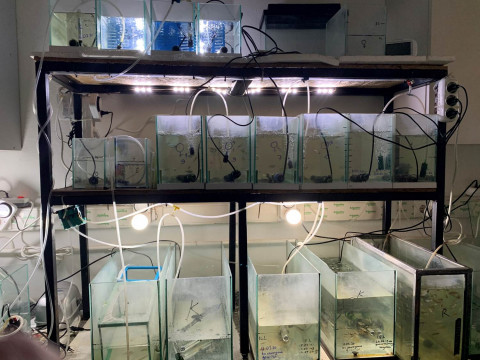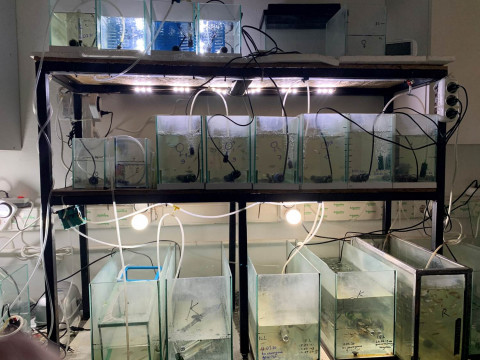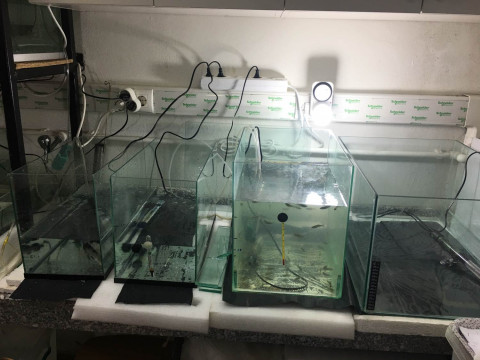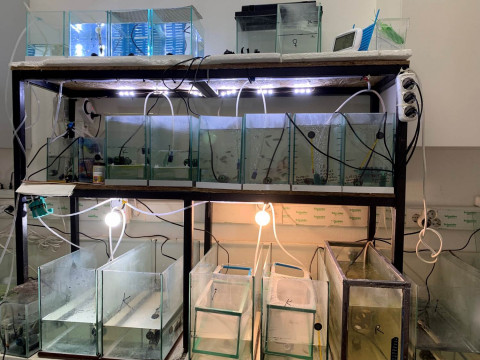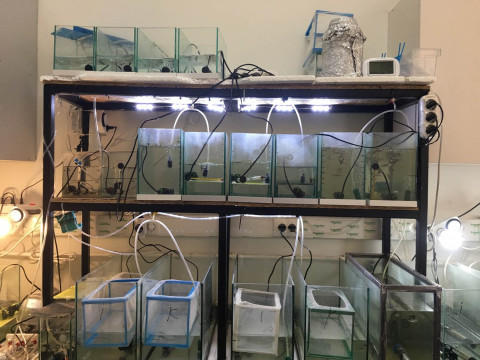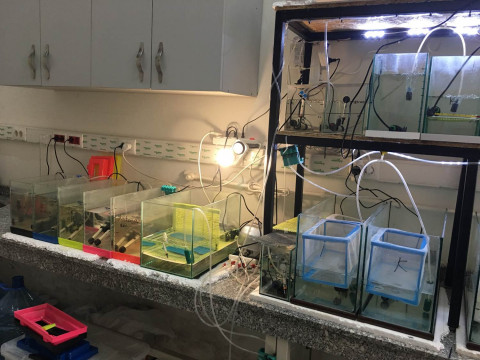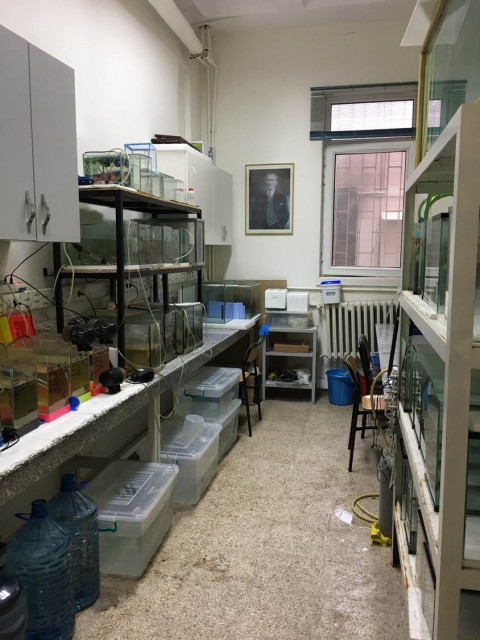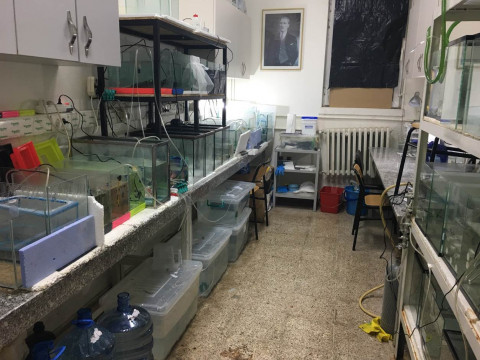The zebrafish is an excellent vertebrate model organism used in biological research. First employed in the 1960s, its use has rapidly increased since then in studies related to disease and drug development, including cancer, stroke, muscle diseases, cardiological research, diabetes, immune system diseases, biological monitoring processes, neurodegenerative diseases, and the impact of pollutants from an ecotoxicological perspective, as well as oxidative stress.
Zebrafish are an easily breedable and maintainable species. Compared to other mammalian experimental animals, they shorten test times, leading to cost savings. While other experimental animals produce only 5-10 offspring in each reproductive cycle, zebrafish lay around 200-300 rapidly developing eggs every few days. Also, since most of their major organs form within 24 hours, experiments progress more quickly. The small size of zebrafish requires less test material than mammalian species, making the testing process more cost-effective. Approximately 80% of genes implicated in human diseases have homologous genes in zebrafish. Due to the well-characterized genes of zebrafish, it's possible to target specific genes, activate, silence, or introduce foreign genes, making zebrafish a versatile tool in modern research.
This tropical fish encompasses 70% of the human genome, meaning its cells and organs closely resemble those of humans. The transparency of zebrafish embryos in early stages allows for easy observation and examination of embryonic development. This transparency permits scientists to observe and analyze gene function, cell development, the development of vital organs, and how they respond to testing. The use of zebrafish is advantageous in neurological regeneration; for instance, they can regenerate neurons in the brain, spinal cord, and retina. This makes them valuable in Alzheimer's disease research.
The genetic similarity of zebrafish to humans makes it a popular choice in scientific research related to human diseases. It is preferred in genetic engineering, drug design, pharmaceutical and toxicological research, and even in artificial intelligence research. Another advantage is that zebrafish can be considered in vitro (non-living) up to five days after fertilization, simplifying ethical considerations related to the validity, accuracy, and ethical responsibility of animal tests. Faculty members, along with master's and doctoral students in the Hydrobiology Department of the Biology Department at Marmara University's Faculty of Science, continuously cultivate these organisms in their zebrafish breeding laboratory for various postgraduate theses and research projects.
This page updated by Biyoloji Bölümü on 18.12.2024 07:53:16
